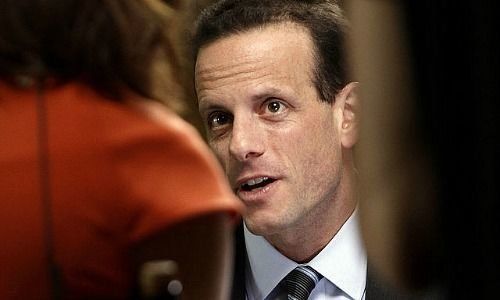GAM’s handling of a troubled bond fund has raised the specter of a trade sale. But the asset manager remains too hot to touch for most potential acquirers.
The damage that GAM was wrought by suspending star fund manager Tim Haywood isn’t fully visible yet. In the four weeks since removing him, GAM first gated and then begun unwinding a $7 billion bond portfolio formerly overseen by Haywood that is responsible for nearly one quarter of the company’s performance fees.
GAM has emphasized that Haywood’s honesty was not in question, and that it couldn’t identify any conflicts of interest, and that no clients were harmed.
To be sure, there is damage: GAM’s reputation is in tatters, several million Swiss francs in performance fees are being kissed off, CEO Alex Friedman (pictured below) is on the ropes, clients snubbed and shareholders angered.

With GAM shedding nearly one quarter of its market capitalization since then, the firm is ripe to be snapped up in a trade deal, according to several investment bankers polled by finews.com.
«Investment banks are all over this – GAM is an extremely hot topic at the moment,» an M&A banker for a major foreign bank in Switzerland told finews.com.
CEO's Revamp
The specter of GAM being sold to a trader buyer comes as CEO Friedman closes in on nearly four years running the asset manager.
Friedman, a graduate of Columbia and Princeton and former Clinton White House staffer, is credited with revamping the Swiss asset manager: he bulked up distribution, slashed costs by drawing GAM’s various boutiques closer together, and streamlined its various brands into one coherent identity.
Lavish Pay Schemes
The one notable issue that he didn’t tackle is GAM’s pay policies: the company was long known for paying top fund managers and executives extremely handsomely (portfolio heads took a cut of their revenue, for example).
CEO Friedman wanted to transform GAM into an asset management jewel, but like Chairman Johannes de Gier and CEO David Solo before him, failed to roll out incentives which would enable the type of long-term thinking needed to do so.
- Page 1 of 2
- Next >>




































